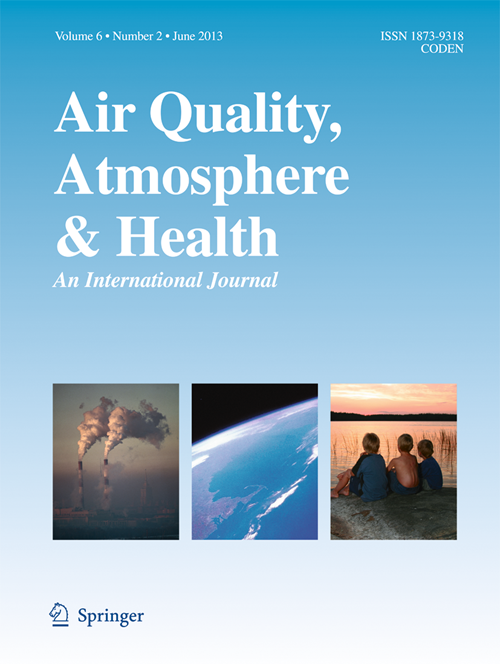Particulate matter concentrations and human exposure approaches in the world microenvironments
Abstract
Particulate matter (PM) constitutes an important environmental exposure. The quantification of human exposure at different indoor microenvironments and outdoors is crucial for refining exposure estimates to inform potential human health hazard using state-of-the-art data derived from field measurements. The overall aim of the current work is to review PM concentrations encountered at different microenvironments such as domestic houses, traffic, offices, schools and outdoors. Measurements of PM concentration characteristics in different microenvironments is the first step for the evaluation of the actual human exposure. In the quantification of the actual human exposure is also necessary to determine the exposure of humans at different microenvironments spent during the day and their activities (activity patterns) in combination to source apportionment analysis. Information derived of the exposure population characteristics can be further used as inputs to dosimetry models, to health risk assessment analysis and epidemiological studies.

 求助内容:
求助内容: 应助结果提醒方式:
应助结果提醒方式:


